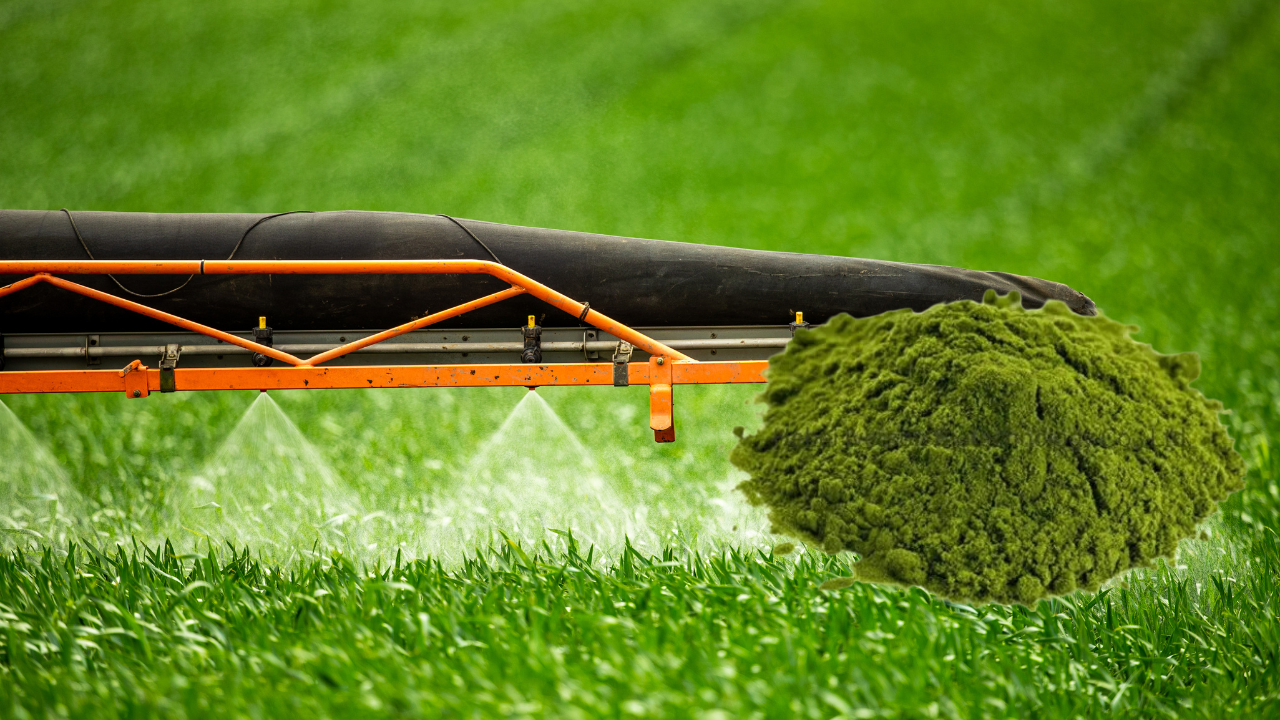With the growing demand for sustainable fungicides in agriculture and many other industries, environmentally friendly solutions are required. Most conventional fungicides have negative ecological and human health effects. It has spurred the search for more eco-conscious alternatives. Copper Pyrithione (CPT) is a particularly effective and sustainable option. CPT has low toxicity and is known for strong antifungal properties paving the way for greener practices not just in agriculture but also for industrial applications.
Insights on Copper Pyrithione
Fungicide of Copper Pyrithione has a broad spectrum but it is an eco friendly fungicide. It is chemically represented by (C₅H₄NOS)₂Cu, its simple representation, which is a grass-green crystalline powder. With a molecular structure comprised of a copper ion complexed with pyrithione, its potent antifungal and antibacterial capabilities make it very useful.
However, the advantages of this compound are its stability at room temperature, which means it can be handled more easily in different applications, and it remains odorless. However, it does not decompose unless exposed to high temperatures or ultraviolet (UV) radiation, and it has to be duly stored and treated. Its low solubility in water is somewhat compensated by greater solubility in organic solvents such as ethanol, in which it is well suited for a variety of applications.
Eco-Friendly Characteristics
The low toxicity and minimal environmental impact of Copper Pyrithione is one of the main reasons for the increased popularity of this chemical. Unlike traditional fungicides, which may kill non-target organisms and persist in environments at dangerous levels, CPT does not continue in the environment at dangerous levels. It is not classified as a persistent, bioaccumulative, and toxic substance.
Industries can reduce their ecological footprint by choosing CPT over other more harmful alternatives. Secondly, its low toxicity also makes it safe for human contact during handling and application, avoiding any potential health hazards usually brought by harsher chemicals.
Applications in Agriculture
Integrating CPT into crop protection practices will fortify the plant against threats while maintaining sustainability.
CPT’s properties make it a good ‘choice’ for organic and sustainable farming focused on minimizing environmental impact and effective disease control. By preventing mildew and fungal infestations, farmers can stop using more toxic chemicals to protect their crops, mirroring global trends towards green agriculture.
Industrial Uses
Copper Pyrithione is application versatile beyond just agriculture. It has excellent antifungal and antibacterial properties and is used as a preferred additive in industries like paints, adhesives and textiles. When used in consumer paints, CPT allows the product to last longer by preventing the growth of mildew and extends its durability.
Copper Pyrithione has found application in marine antifouling paints for ships. The aquatic organisms ( algae ) and crustaceans do not stick to these paints, and vessels become more efficient and less expensive. In carpets and textiles, CPT is a mildew inhibitor that prolongs the product life and ensures hygienic conditions.
Mechanisms of Action
Copper Pyrithione prevents the growth and reproduction of fungi and bacteria by interfering with their cellular process. It attacks the metabolic pathways that these microorganisms need to survive, quickly interrupting their spread.
CPT's stability and solubility differ across environments. Its low water solubility can be offset by its ability to dissolve in organic solvents, which allows for flexible use within various industries. Its stability at room temperature means it has a long shelf life; however, strong oxidizing agents and excessive heat should be avoided, as they can cause the product to decompose.
Regulatory Considerations
Regulations governing the use of Copper Pyrithione dictate its safety in various applications. Its usage is approved by the regulatory bodies who give it a go through because they assess its impact on human health as well as the environment. To integrate CPT into your business, you’ll have to adhere to the local or regional standards of safety and environment.
An example of this is CPT, which must meet specific regulations regarding its allowable concentrations in crops and soils in agriculture. Similarly, industrial applications need to safeguard CPT disposal and handling against harm to such organisms or other sensitive ecosystems.
Conclusion
Copper Pyrithione can help industries embrace eco-friendly fungicides because it is sustainable. Due to its low toxicity and minimal environmental impact, it is a superior choice to traditional fungicides. CPT’s broad applications and effectiveness demonstrate that you can absolutely combine performance and sustainability.
With Copper Pyrithione, industries can protect crops, enhance product durability and reduce their ecological footprint. CPT is the best fungicide for a greener future, paving the way to safer and sustainability in many fields for a greener future.


